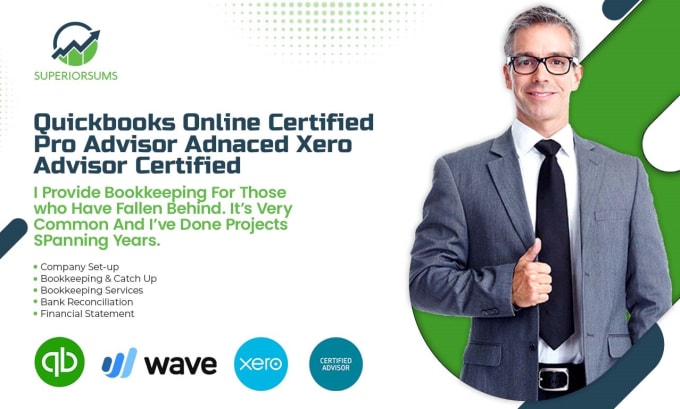
You can make them recurring, save them as PDFs, and view them as the customer would on both a desktop browser and a mobile screen. Although accounting and invoicing are separated into two different product sections on the Wave website (shown similarly below), they don’t require separate accounts. These solutions are integrated within your dashboard and you’ll access them both through your single Wave login. Our partners cannot pay us to guarantee favorable reviews of their products or services.
Wave Accounting plans and pricing
The program did well in A/R management, and it could have scored higher if there were more options to personalize invoices. The Starter tier allows you to upload your company logo, but you can’t choose from invoice templates and change the invoice color. You can create decent invoices in the Pro plan, but they aren’t as customizable as those in other software like QuickBooks Online. Wave earned high marks for general features, and it could have aced the criterion if users could use account numbers in the chart of accounts. As seen in the chart above, Wave beats QuickBooks Online and Zoho Books in pricing and ease of use.
Wave Accounting Assisted Bookkeeping Options
Most accounting software was designed with non-accountant business owners in mind, which means setup should be fairly straightforward. Still, some accounting programs are more user-friendly than others, and Wave Accounting is among the easiest for first-time business owners to configure. Wave Accounting imposes fewer limits than most of its competitors on everything from users to vendors. For instance, Xero’s cheapest plan limits users to sending 20 invoices a month, while FreshBooks’ cheapest plan limits users to invoicing only five clients a month. With Wave, you can send an unlimited number of invoices to an unlimited number of clients each month.
- Securing a category score of 7/10, Wave’s accounts payable features are well above average.
- QuickBooks has advanced reporting and analytics for deeper financial insights; you can generate reports based on industry.
- Below, we explain how to use some of Wave’s key features within the software to help you decide for yourself if this user experience is a good fit for your team.
Customizable invoicing
For small businesses any larger than that, however, Wave is limited. Unlike competitors, Wave doesn’t offer many advanced features to increase the software’s functionality. When you reconcile your books, you’ll navigate to the “Reconciliation” tab within the Accounting menu. If you need to manually edit, add or remove any transactions, you can do so on the Reconciliation or Transactions pages. Next, you can add sales tax (if necessary), create customer profiles and customize your invoice templates. Wave and QuickBooks offer comparable features for invoicing but the QuickBooks suite of services goes far beyond what Wave offers, so it can better grow with bigger businesses.

With the Pro plan, you also get access to live customer support, which includes email and chat during business hours. In terms of add-ons, you have online payments, bookkeeping services and payroll. However, the only software Wave Accounting syncs with is Wave’s own payroll service. Otherwise, users must sync Wave with their favorite business management apps through Zapier, a third-party service. You can enjoy features such as unlimited income and expenses tracking, digital receipt upload and transaction management and access its invoice mobile app at no cost. Once logged in, your main dashboard will show your cash flow, profit and loss, invoices, bills and other financial insights.
With Wave’s free plan, users can accept online ACH payments for a standard transaction fee of 1%. Credit card transaction fees for Visa, Mastercard and Discover start at 2.9% + $0.60 per transaction. American Express transactions start at 3.4% + $0.60 per credit card transaction.
Wave’s Starter plan still offers the basic features businesses with simple accounting needs can use to manage their finances. Pricing is transparent, there are a decent number of add-ons, and even the paid plan is pretty affordable. These factors contributed to our rating of 4.4/5 for Wave’s pricing and fees.
Fortunately, the Help Center provides plenty of guides and information to help with most issues, and the software is intuitive enough that this support option will be sufficient for most users. No, Wave Accounting does not include built-in inventory tracking or management. The software setup wizard guides you through four easy setup steps to generate an uncluttered, straightforward dashboard. The interface ensures a low learning curve with friendly graphics, an in-app help center, live chat, user-first design and an accessible app. While Wave Payroll doesn’t have many unique perks that set it apart from the competition, it’s a good option for business owners who are already familiar with Wave Accounting’s interface. Until recently, Wave was best-known for its completely free accounting solution.
For instance, Xero only includes expense tracking with its priciest plan, which starts at $65 a month. QuickBooks Online limits user numbers by plan (its cheapest plan, QuickBooks Simple Start, includes just three users). And FreshBooks doesn’t limit your user number, but it does charge an extra $10 a month per user—which adds up fast. Wave’s sales reports even let users view paid and unpaid income per customer, which separates its reporting features from the competition.
The banking section of this case study focuses on cash management, bank reconciliation, and bank feed connections. The software must have bank integrations to automatically wave bookkeeping reviews feed bank or card transactions. The bank reconciliation module must also let users reconcile accounts with or without bank feeds for optimal ease of use.